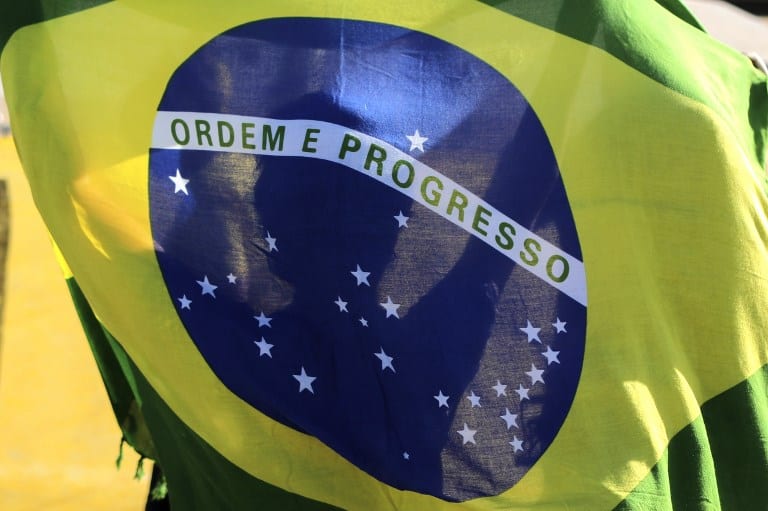Brazil’s economy, the biggest in Latin America, contracted by a record 9.7 percent in the second quarter of 2020, plunging into recession as coronavirus lockdowns hit home, the official statistics agency said Tuesday.
The drop was larger than economists had forecast by about half a percentage point. But it was smaller than feared at the height of the economic shut-down, and also smaller than the contractions in many other countries hit hard by the virus, including Britain, France, Spain, Mexico and Chile.
The question now is what the rest of the year has in store for Brazil, where the virus is still wreaking havoc and room is running out to continue the huge government stimulus spending that has softened the blow so far.
“This was a record contraction, but that was expected. … What markets want to see now is how strong the recovery will be in the second half of the year,” economist Victor Beyruti of consulting firm Guide Investimentos told AFP.
Set back 11 years
Brazil has been hit hard by the pandemic, with the second-highest number of infections and deaths worldwide after the United States, and stay-at-home measures to contain the virus have taken a heavy toll.
“GDP is now at the same level as late 2009, at the height of the global financial crisis,” the Brazilian Institute of Geography and Statistics (IBGE) said in a statement.
The drop for the period from April to June was the biggest for any quarter since the current system of records began in 1996, it said.
There were record contractions of 12.3 percent in the industrial sector and 9.7 percent in the services sector, which together account for 95 percent of the Brazilian economy, IBGE said.
The contraction was worse than the 9.2 percent average forecast by 49 economists polled by business daily Valor.
However, it was better than the 11.1 percent drop economists were predicting in May.
The first-quarter GDP figure was meanwhile revised down from -1.5 percent to -2.5 percent.
Brazil fared better in the second quarter than many other economies, including Britain (-20.4 percent), France (-13.8 percent), Mexico (-17.1 percent) and Chile (-13.4 percent).
“The country suffered one of the more modest downturns in Latin America,” consulting firm Capital Economics said in a note.
“But with fiscal policy set to turn from a tailwind to a headwind, the pace of the recovery is likely to lose momentum.”
Stimulus extended, but halved
Analysts say Brazil’s improvement was largely thanks to the decision by President Jair Bolsonaro’s administration to launch a massive stimulus program that has been paying 600 reals ($110) a month to 66.4 million Brazilians hit hardest by lockdown measures — nearly one-third of the population.
The program is hugely expensive: 500 billion reals, or 7.3 percent of expected GDP for 2020.
As a result, Brazil’s primary deficit is forecast to surge from 0.85 percent of GDP to 13.4 percent this year.
Bolsonaro has gotten a popularity boost thanks to the emergency spending.
But now he faces pressure from fiscal hawks to rein it back in, including his influential economy minister, Paulo Guedes.
Bolsonaro announced Tuesday the government would extend the measure for four more months, but halve the payout to 300 reals.
Guedes sought to spur optimism on the country’s recovery.
“This was just the thunder from the lightning bolt that struck in April,” he said of the second-quarter contraction.
“Now we’re taking off in a ‘V’.”
Brazil was only just recovering from its longest recession in history, from 2015 (-3.5 percent) to 2016 (-3.3 percent), when the fallout of a massive corruption scandal centered on state-run oil giant Petrobras sent the economy into a tailspin.
Economists polled by the central bank are forecasting a contraction of 5.28 percent for the year in 2020.
The government’s forecast is slightly rosier: -4.7 percent.

